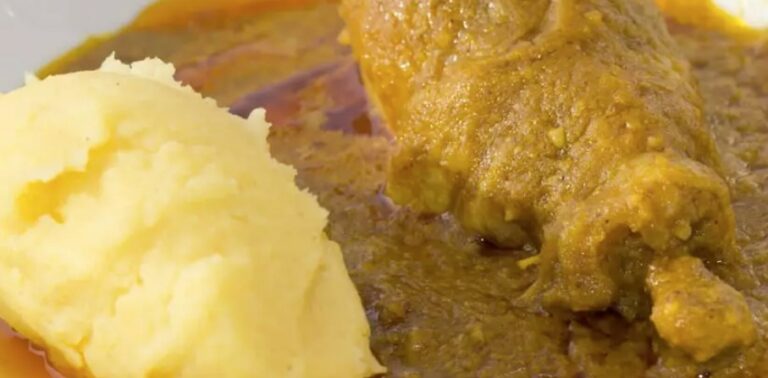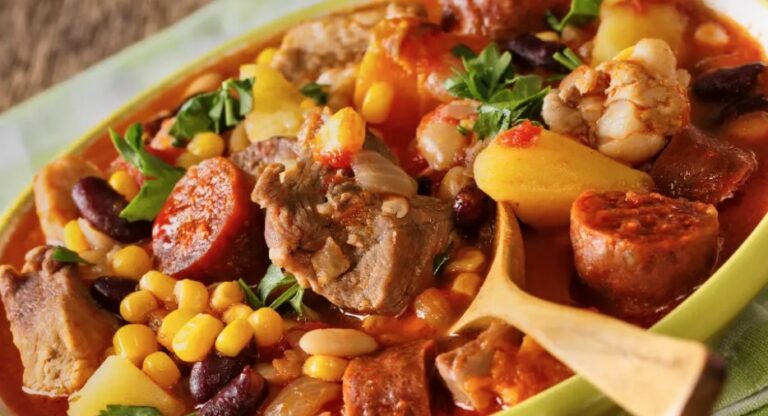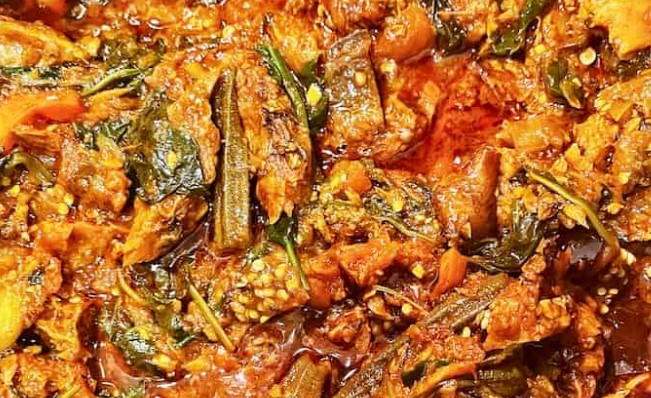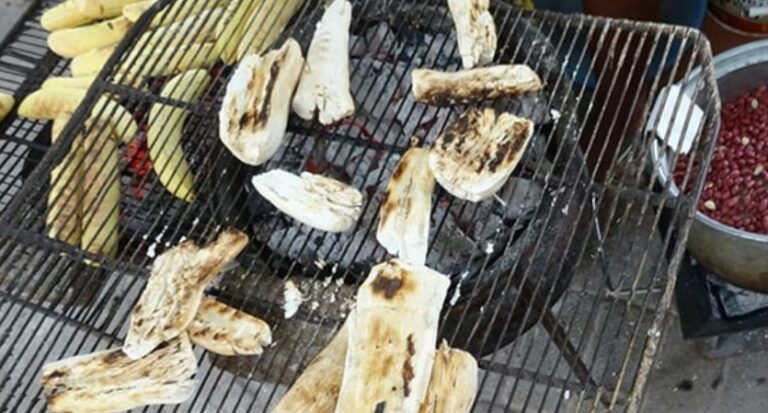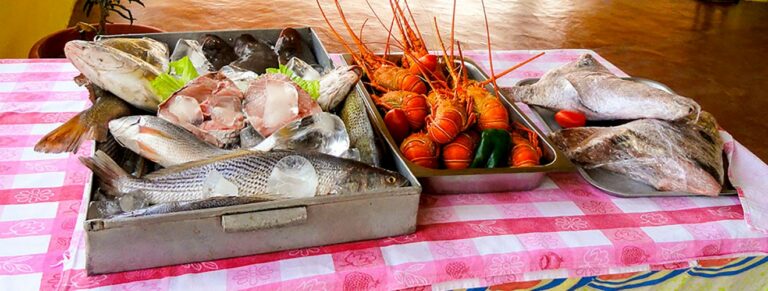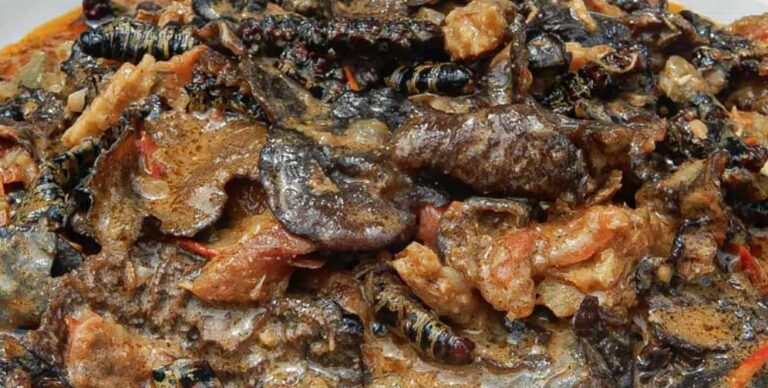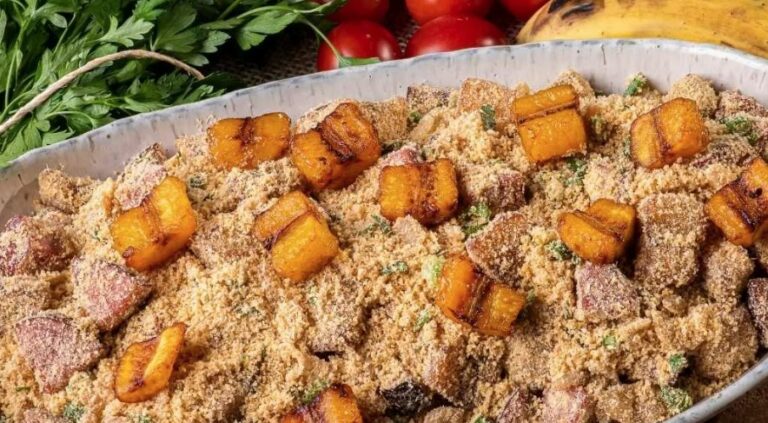Introduction: Exploring Angola’s Culinary Scene
Angola is often referred to as the land of diversity, particularly when it comes to its culinary scene. With a rich history and diverse cultural influences, Angolan cuisine is a fusion of African, Portuguese, and Brazilian flavors. From seafood to cassava, coffee to fruit, Angola offers a wide array of delicious dishes and ingredients to explore. One of the best ways to discover the country’s culinary scene is by attending one of its famous food festivals or events.
Luanda Food Festival: A Celebration of Local Cuisine
The Luanda Food Festival is one of the most popular food festivals in Angola. Held annually in the capital city of Luanda, the festival is a celebration of the country’s diverse culinary heritage. The festival features a variety of local dishes, including muamba de galinha (chicken stew), caril de camarão (shrimp curry), and calulu (a dish made with fish, vegetables, and spices). Visitors can also enjoy live music, cultural performances, and local art exhibitions.
Benguela Seafood Festival: A Feast for Seafood Lovers
If you’re a seafood lover, then the Benguela Seafood Festival is a must-visit. Held in the coastal city of Benguela, the festival is a tribute to the city’s rich fishing heritage. Visitors can indulge in a variety of seafood dishes, including grilled lobster, prawn curry, and seafood paella. The festival also features live music performances and cultural shows.
Huambo Coffee Festival: A Tribute to Angola’s Coffee Culture
Angola is known for its high-quality coffee, and the Huambo Coffee Festival is a celebration of this delicious beverage. Held in the city of Huambo, the festival features a variety of coffee-based drinks, including cappuccinos, lattes, and espressos. Visitors can also learn about the history of Angola’s coffee industry and participate in coffee tasting sessions.
Lobito Beer Fest: A Showcase of Local Craft Beers
The Lobito Beer Fest is a celebration of Angola’s growing craft beer industry. Held in the city of Lobito, the festival features a variety of local craft beers, including stouts, IPAs, and lagers. Visitors can also enjoy live music performances and food stalls serving local dishes.
Lubango Fruit Festival: A Colorful Celebration of Fruits
The Lubango Fruit Festival is a celebration of Angola’s abundant fruit harvest. Held in the city of Lubango, the festival features a variety of local fruits, including mangoes, pineapples, and papayas. Visitors can also enjoy fruit-based dishes, juices, and smoothies, as well as cultural performances and live music.
Cuanza Norte Cassava Festival: A Tribute to Angola’s Staple Food
Cassava is a staple food in Angola, and the Cuanza Norte Cassava Festival is a celebration of this important ingredient. Held in the province of Cuanza Norte, the festival features a variety of cassava-based dishes, including cassava fritters, cassava bread, and cassava-based stews. Visitors can also learn about the history and cultural significance of cassava in Angola.
Conclusion: Discovering Angola’s Delicious Food Festivals and Events
Angola offers a wide array of food festivals and events that celebrate the country’s diverse culinary heritage. From seafood to coffee, cassava to fruit, there is something for everyone to enjoy. These festivals and events not only offer the opportunity to indulge in delicious food and drinks but also provide a glimpse into Angola’s rich cultural history and traditions. So, the next time you visit Angola, be sure to attend one of these famous food festivals and events. You won’t be disappointed!

